The Palazzo Barbarigo Minotto is a 15th-century palace on the Grand Canal in Venice, northern Italy. Built in the Venetian Gothic style, it was originally two palaces, Palazzo Barbarigo and Palazzo Minotto, later joined together. The Barbarigo palace was owned by the Barbarigo family for several centuries and was the birthplace of Gregorio Barbarigo, who once refused the Papal Crown. It was later owned by the Minotto and Martinengo families.
Three staterooms face the Grand Canal and another three face Rio Zaguri. In the first half of the 18th century frescoes and paintings by Giovanni Battista Tiepolo, Francesco Fontebasso and Carpoforo Tencalla were commissioned by Pietro Barbarigo. Its chapel has Louis XIV Style elm flooring inlaid with olive-root marquetry. The palace's doors, are in the same style, banded in walnut with bronze handles shaped as vine leaves. The floors of the staterooms are a blend of terrazzo paving and Venetian "pastellone" paving.
The palace is actually formed by two different buildings, merged in the 17th century. The ancient part, a 15th-century Venetian-Gothic architecture featuring 12th century Byzantine friezes, was originally known as Palazzo Minotto; the newer part, Palazzo Barbarigo, was built in the 17th century.
On the occasion of Gregorio Barbarigo's marriage with the keen and cultured Caterina Sagredo, in 1739, the greatest artists of the time were called to embellish the palace in both its parts, which had been unified by then. Among these the great master Gianbattista Tiepolo, Francesco Fontebasso, Gerolamo Mengozzi Colonna, and Carpoforo Mazzetti.
In 1741 was hired the Ferrarese quadrature Mengozzi Colonna, who painted the domestic chapel located in a recess of the building and hidden by two wooden leaves. Around it a Louis XIV elm flooring inlaid with olive-root and other prized wood marquetry. The following year Mengozzi Colonna intervenes also in the central hall (portato) designing the beautiful Venetian terrazzo pavings.
Gianbattista Tiepolo started his work here in 1741, painting the monochromes and two of the overdoors that frame the central canvas, "The triumph of Virtue and Nobility over Ignorance". The original oil painting is now part of Cà Rezzonico's collection and has been replaced here with a 20th-century copy.
The whole pictorial decoration represents the cultural interests of Gregorio and Caterina, freshly married. Four monochromes represent Sciences: History, Astronomy, Geography, and Astrology. The other four, with mixtilinear framings, represent the Arts: Painting, Sculpture, Music, and Poetry. The frescoes in the overdoors depict Merit and Abundance. This whole cycle is influenced by the neoclassical trend that conquered the whole city during that period, through its ornamental motives, ancient-looking sculptures, sarcophagi, amphorae, and vases, together with the "Olympic grace" of its figures. The parlor is also known as "the room of Wisdom", since it exalts the commissioner's idea of the arts and sciences giving wealth and nobility.
The central oil on canvas was painted by Tiepolo in 1744-1745. Next to the two female figures representing Virtue and Nobility, there is a young page holding a drape of their vest: it is probably a portrait of the painter's son, Giuseppe Maria. Behind him, we notice another figure, supposedly a self-portrait of the artist himself. Ignorance, defeated, falls down dragging with her a winged genie who is holding a bat, allegory of Vice. This celebrative representation, dear to the masters of the house, is also an example of Tiepolo's artistic maturity, highly influenced by Veronese models.
Carpoforo Mazzetti, pupil of another Ticinese artist, Abbondio Stazio, molded the stuccos in the rocaille style alcove. The decorations originate from the central opening where the bed is placed, branching out on both sides to reach the doors, adorned with mirrors. Above them, the crest and its shield-carrying angels overlook the room.
Mazzetti worked also on the dining room's stuccos, where he represented mythological scenes in pale colors and very realistic and colorful animals to adorn the ceiling.
Musica a Palazzo, a cultural association of classical musicians, has leased the piano nobile since 2005 and uses it for small-scale opera productions.




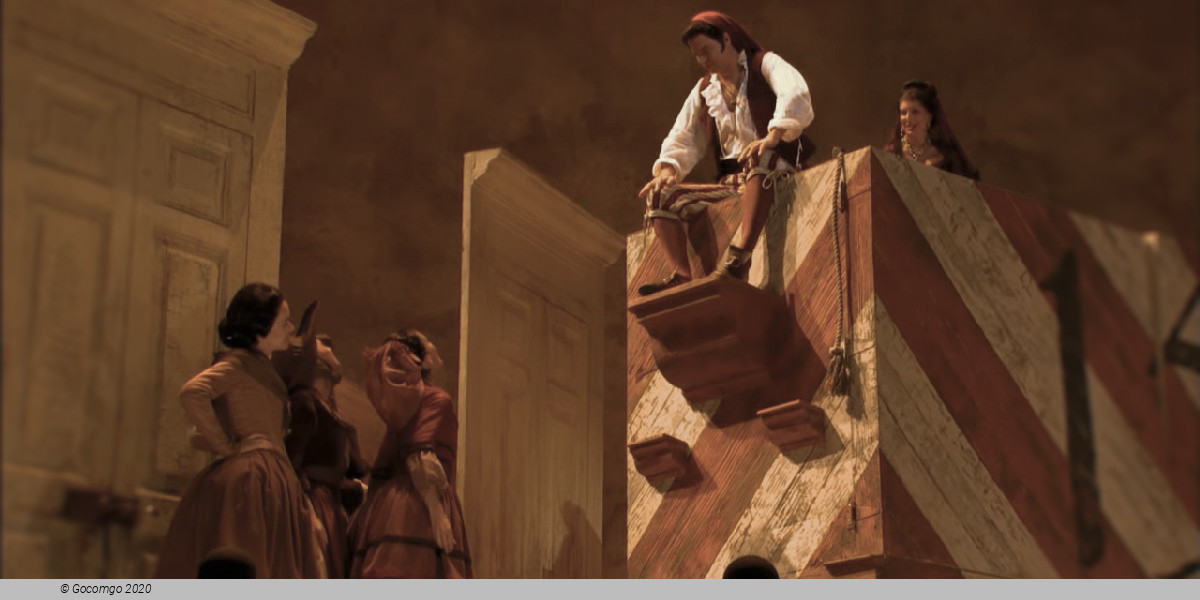

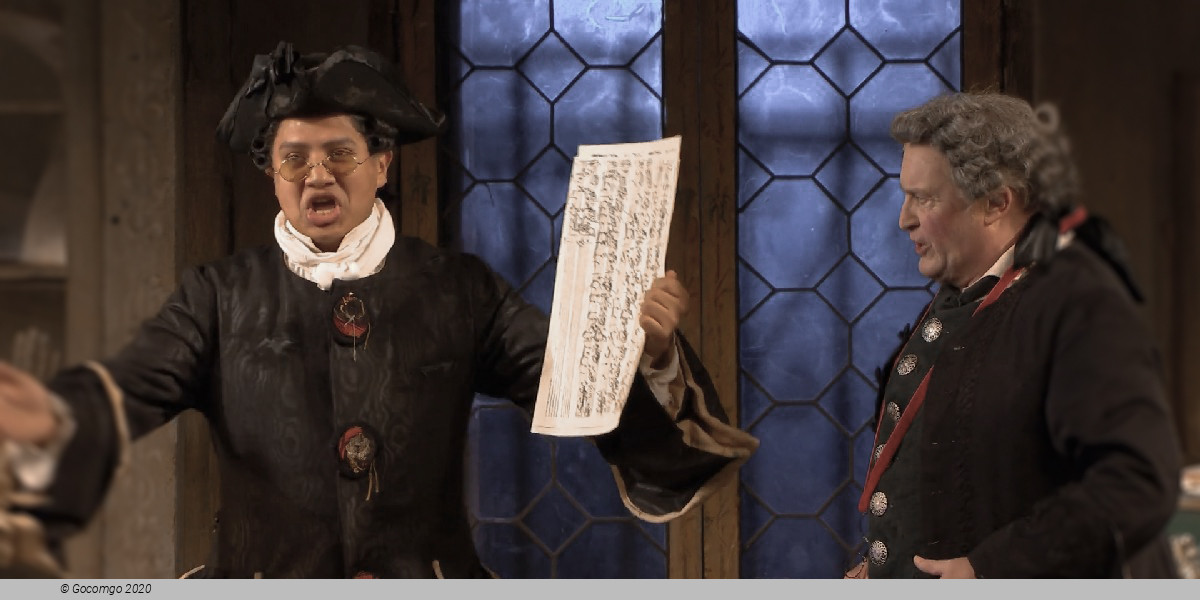
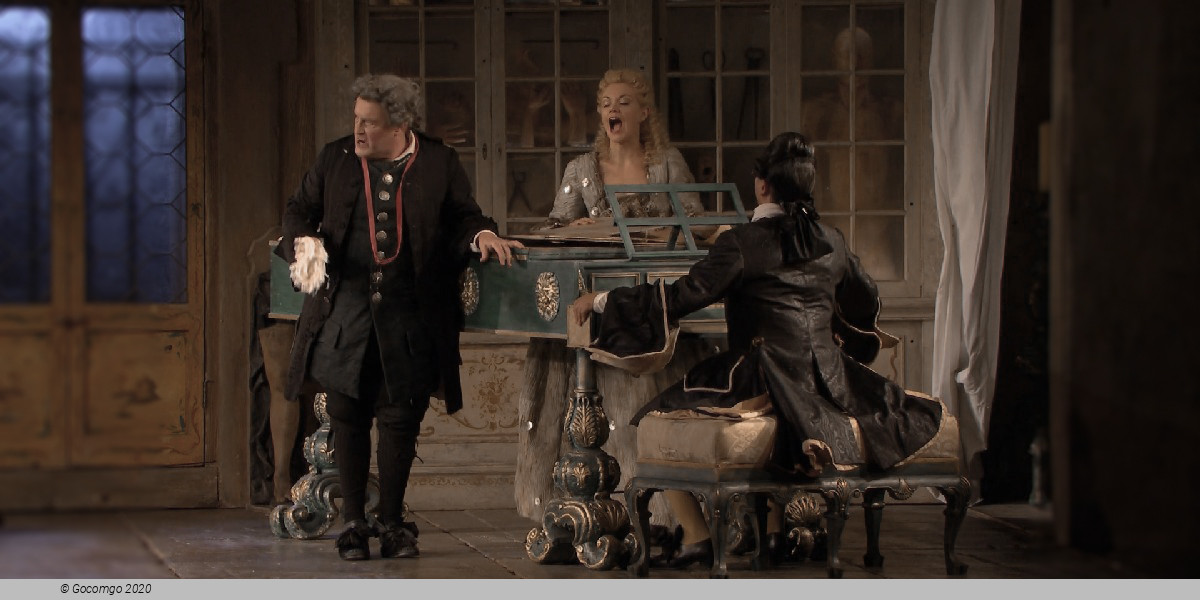
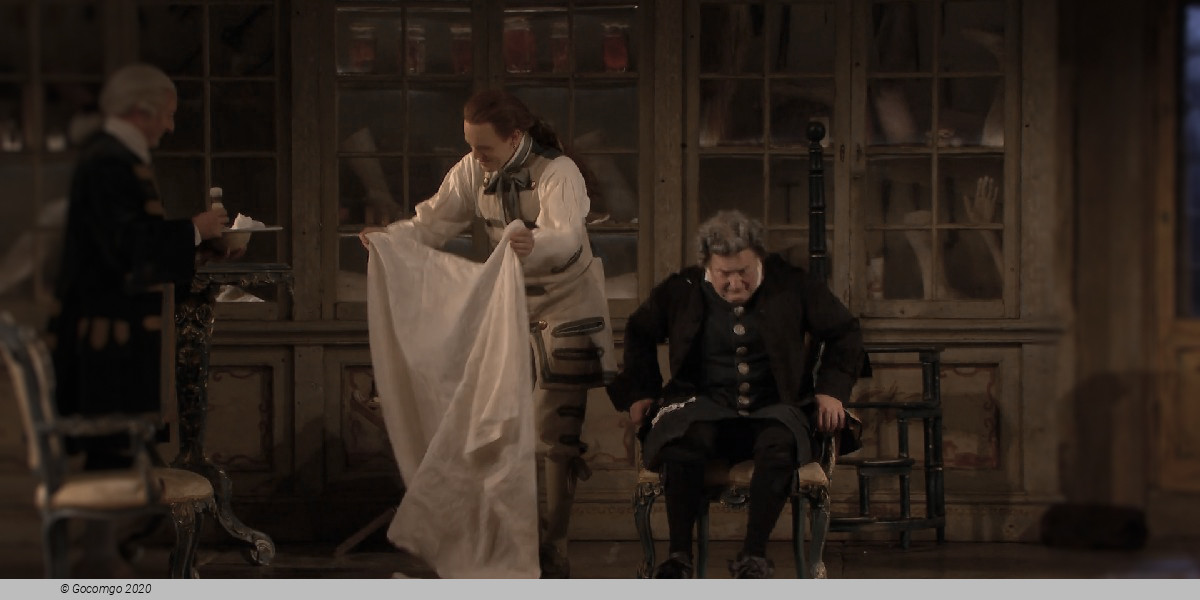
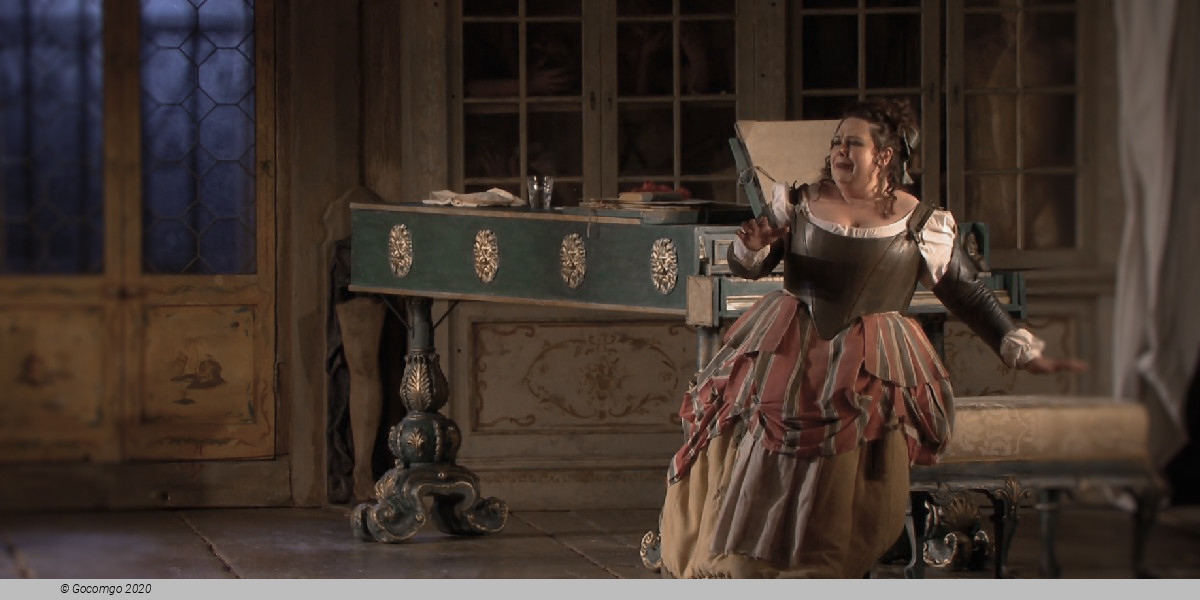
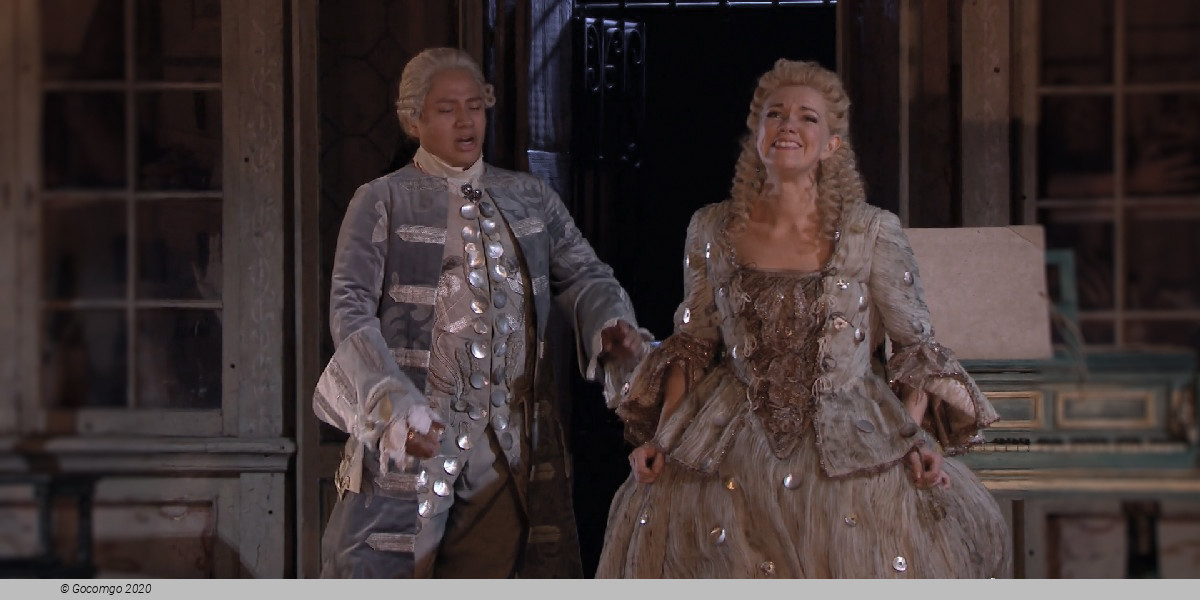

 San Marco 2504 - Fondamenta Duodo o Barbarigo
San Marco 2504 - Fondamenta Duodo o Barbarigo